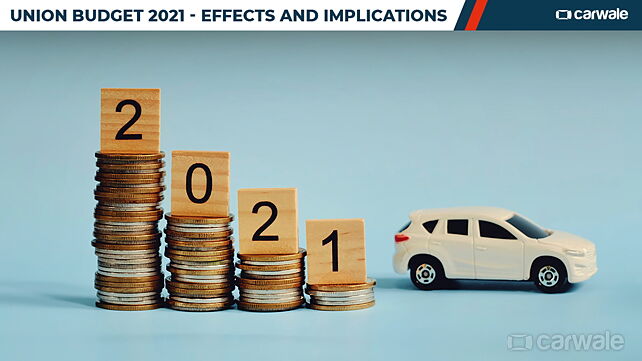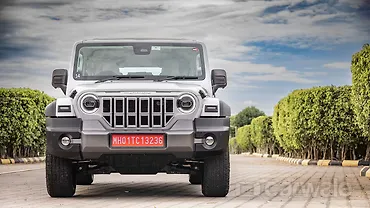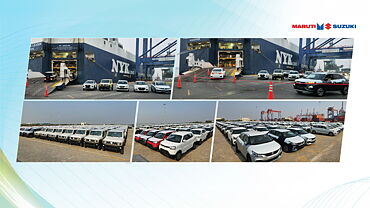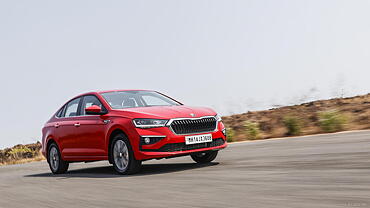
The country’s Finance Minister, Nirmala Sitharaman has presented the Union Budget 2021-22 with an aim to stimulate and sustain growth following an unprecedented year affected by the COVID-19 pandemic. In the last few years, the government has been emphasising on localisation and the Union Budget 2021 further contributes to the ‘Go Local’ cause. Here are a set of pros and cons in the Union Budget 2021.
What’s good?
The government will soon officially announce the voluntary vehicle scrappage policy to phase out old and unfit vehicles. Under the proposed policy, the life for private vehicles has been set at 20 years, while for commercial vehicles the life is set at 15 years. If the vehicle fails the fitness test more than thrice, the vehicle might be subjected to mandatory scrapping. Currently, India has over 51 lakh vehicles which are over 20 years and about 34 lakh vehicles are over 15 years old. These vehicles have the potential to be scrapped, which can help in reducing vehicle pollution by up to 25 per cent. Moreover, they also have the potential for providing raw materials. Major automakers like Maruti Suzuki, Tata Motors and Mahindra have already been exploring scrappage options for a while now. More details in this regard will be revealed soon by the Ministry of Road Transport and Highways (MoRTH).
The auto industry is one of the 13 sectors that have been earmarked for extended financial support over a period of the next five years via the PLI scheme. This industry will alone receive about Rs 57,000 crore. The customs duty on steel products have been uniformly reduced to 7.5 per cent to bring down the cost of raw materials and help the struggling Micro, Small and Medium Enterprises (MSME) sector. The MSMEs sector has received Rs 15,700 crore, which is double than the previous year.
The finance minister has announced Rs 1.18 lakh crore financial allocation for Ministry of Road Transport and Highways. The highway infra work includes building 8,500km of highways by March 2022. This includes a 3,500km corridor in Tamil Nadu, 1,100km in Kerala at an investment of Rs 65,000 crore, 675km in West Bengal at a cost of Rs 95,000 crore, and 1,300km in Assam in the next three years.

What’s not so good?
Although there is no new announcement of direct taxes, the reduction in compensation cess would have been welcomed by luxury car manufacturers. The government has announced a hike in the customs duty rate on some parts of vehicles (such as wheel rims and spokes, brakes, frames and forks, pedals and crank gears, hubs, etc.) from 10 per cent to 15 per cent. With this, the government aims to promote localisation, and until then, the hike in prices will have to be borne by the customers. The increase in the customs duty will also affect the electric vehicle segment which is dependent on the international market for components like batteries, electricals, and more.
Conclusion
The government has left the tax structure untouched this time around. Even though there is nothing to gain for the middle-class consumer base, there is nothing to lose either. However, a few relaxations in the automotive industry’s tax structure would have brought in some relief. Certain recommendations that were put forth by the Federation of Automobile Dealers Associations (FADA) to allow income tax payers to gain benefits of claiming depreciation on vehicles, would have encouraged individuals to file IT returns as well as promoted growth in GST collection.







































